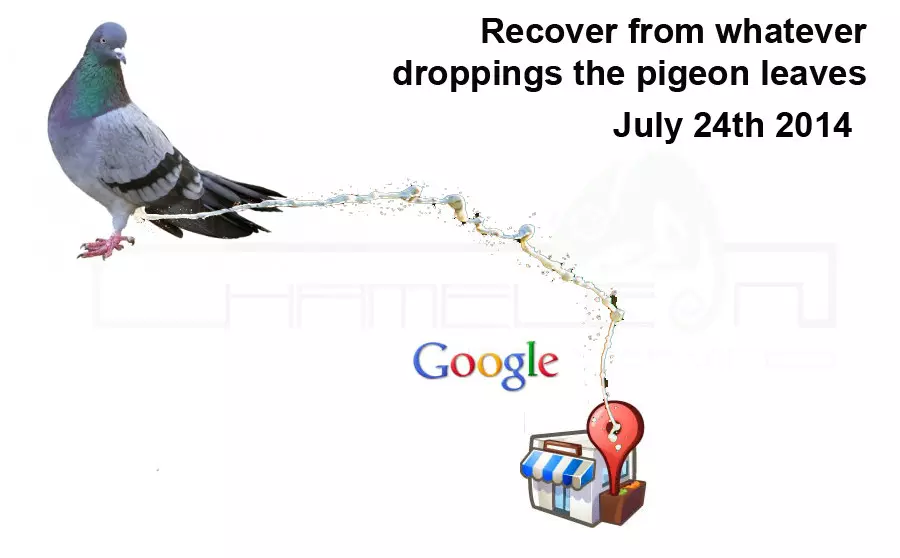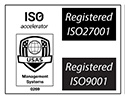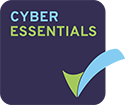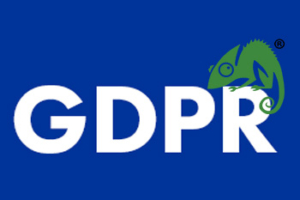The Daily Mail has been campaigning for Google, the leading search engine, to block links to websites promoting child pornography and indecent images and videos; they have finally won this campaign. Google have taken the move to clean up their results, remove imagery and videos that are identified as child abuse/pornography and help those who are searching for these abhorrent things to seek help and advice.
In 2012, two schoolgirls were abused and murdered by men who had an addiction to internet child pornography; Mark Bridger and Stuart Hazell. It was proved in their trials that before they assaulted April Jones and Tia Sharp respectively, they viewed videos and images of child pornography and abuse. What is even more shocking is that they were able to access such material through performing simple keyword searches on Google.
In a move to tackle this issue, Google executive chairman Eric Schmidt has revealed that Google have taken big steps to eradicate these search results and links to inappropriate sites being displayed, as well as encouraging those who are looking for this type of material to get help.
Firstly, they have changed their algorithm so that links to pages promoting child abuse images and associated material do not appear in their search results. This has had an effect upon over 100,000 different search queries made in the English language. There is a plan to roll out these clean-up changes to over 150 languages soon in order for the results to be globally realised.
Removing the links to inappropriate pages will not necessarily deter all paedophiles from searching for child pornography, therefor over 13,000 search queries now come with warnings. They state that child sexual abuse is illegal and point the user in the direction of a help and support system.
The job of detecting images of child sexual abuse must be completed by people rather than computers as there is no way for computers to distinguish between innocent and indecent pictures. Therefore, Google dedicate time and staff to review online images and if they are found to contain abuse, give them a unique digital fingerprint which allows us to identify the image wherever it may be on our system and remove it. Microsoft developed and shared this outstanding piece of technology.
As more and more paedophiles turn to video to record their crimes, YouTube are developing new technology to try and detect these types of video. It is in the testing stage with Google at the moment, but next year should be available to other internet companies and child protection agencies.
Google is the leading search engine and as such, has a very highly skilled workforce. This is being shared with the Internet Watch Foundation (IWF) in Britain and the National Center for Missing and Exploited Children (NCMEC) in the US in the form of secondments of key members of staff.
These steps are a clear indication that the internet is changing and it is being made more difficult for paedophiles and other individuals to access child pornography which is a big step in the right direction.











